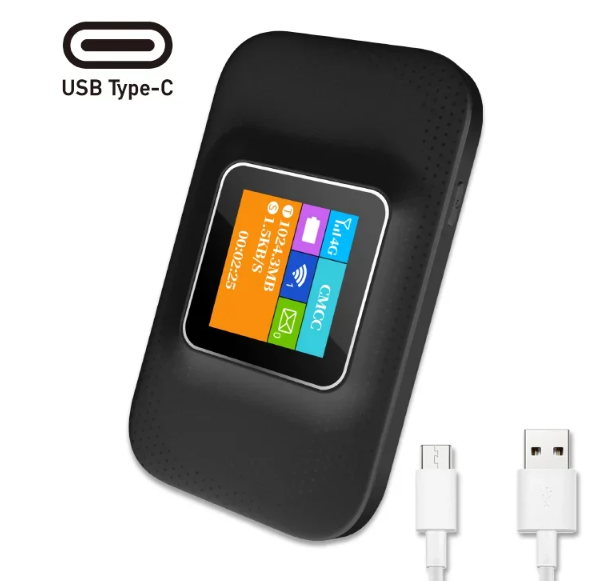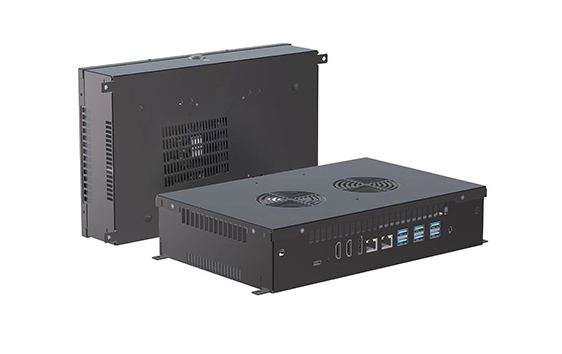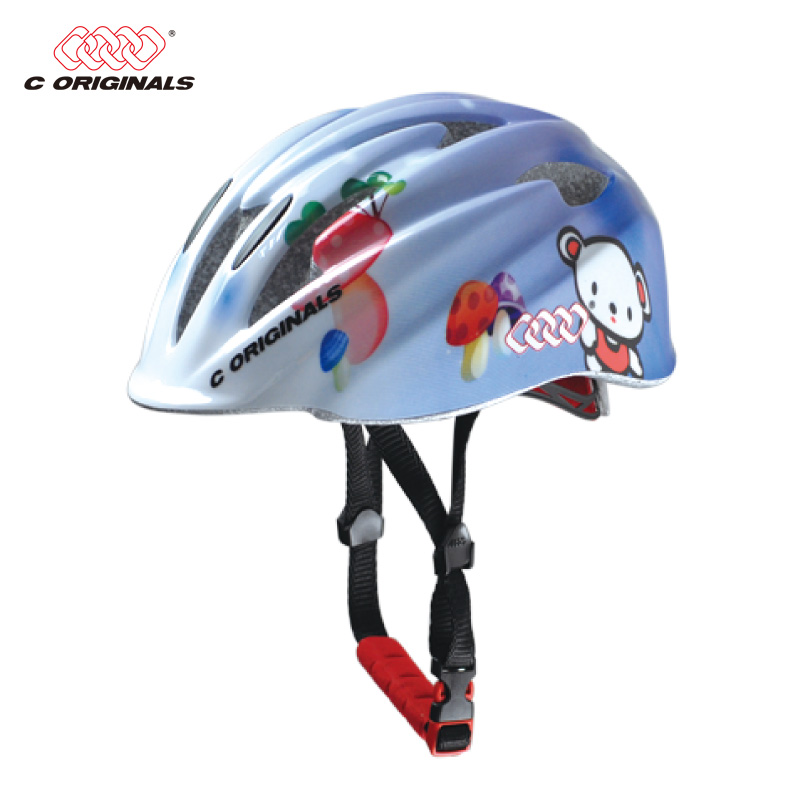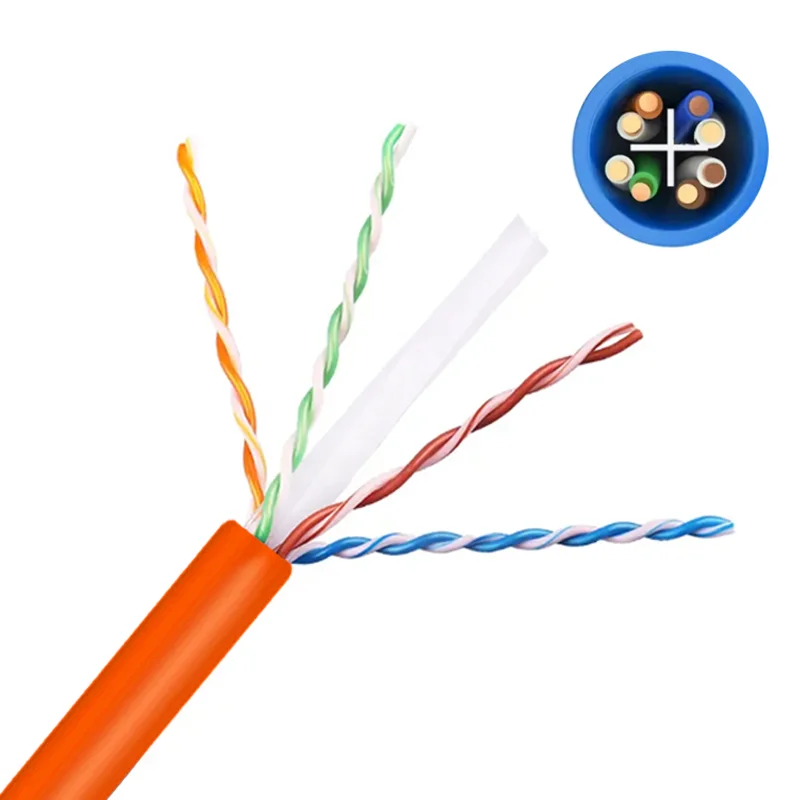Mastering the Art of Soldering LED Wires: A Comprehensive Guide for DIY Enthusiasts
In the world of electronics, soldering is an essential skill that can significantly enhance your projects, especially when working with LED lights. Whether you are a hobbyist looking to create custom lighting solutions or a professional seeking to streamline your work, understanding how to solder LED wires together is crucial. This article delves into the intricacies of soldering LED wires, providing you with practical tips, techniques, and safety measures to ensure a successful outcome.
Understanding LED Wiring Basics
Before diving into the soldering process, it’s important to grasp the fundamental aspects of LED wiring. LEDs (Light Emitting Diodes) are semiconductor devices that emit light when an electric current passes through them. They come in various configurations, including single diodes, strips, and modules. Each type has specific wiring requirements, typically involving a positive (anode) and a negative (cathode) terminal.
Key Components You’ll Need
To solder LED wires together effectively, you’ll need the following tools and materials:
- Soldering Iron: A reliable soldering iron with a fine tip is essential for precision work.
- Solder: Use rosin-core solder, ideally with a diameter of 0.6mm to 1.0mm for electronics.
- Wire Strippers: These will help you prepare the LED wires by removing insulation.
- Heat Shrink Tubing: This provides insulation and protection for your soldered connections.
- Helping Hands Tool: This can stabilize your work, allowing for more accurate soldering.
- Multimeter: Useful for testing connections and ensuring proper voltage.
Step-by-Step Guide to Soldering LED Wires
Step 1: Prepare Your Workspace
A clean, well-lit workspace is crucial for soldering. Ensure that your area is free from clutter and that you have all your tools within reach. Safety goggles are recommended to protect your eyes from solder splashes.
Step 2: Strip the Wires
Using wire strippers, carefully remove about 1/4 inch of insulation from the ends of the LED wires you intend to solder. Be cautious not to damage the wire strands.
Step 3: Tin the Wires
Tinning involves applying a small amount of solder to the exposed wire ends. Heat the wire with the soldering iron and feed solder into the joint. This process helps create a stronger bond during the actual soldering.
Step 4: Solder the Wires Together
- Align the Wires: Position the tinned ends of the wires you wish to connect.
- Heat the Joint: Place the soldering iron on the joint where the wires meet. Allow it to heat for a second or two.
- Apply Solder: Feed solder into the joint while keeping the soldering iron in place. Remove the solder and then the iron, allowing the joint to cool undisturbed.
Step 5: Insulate the Connection
Once the solder joint has cooled, slide heat shrink tubing over the connection and apply heat using a heat gun or lighter to shrink it down. This step is crucial for preventing short circuits and ensuring durability.
Troubleshooting Common Issues
Even seasoned professionals encounter challenges when soldering LED wires. Here are some common issues and their solutions:
- Cold Joints: If the solder appears dull and grainy, it may not have melted properly. Reheat the joint and add a bit more solder.
- Short Circuits: Ensure that no stray strands of wire are touching adjacent connections. Use a multimeter to check for continuity.
- Overheating LEDs: Prolonged exposure to high temperatures can damage LEDs. Always work quickly and efficiently.
Safety Considerations
Soldering involves high temperatures and potentially harmful materials. Here are some safety tips to keep in mind:
- Work in a well-ventilated area to avoid inhaling fumes.
- Always wear safety goggles to protect your eyes.
- Keep a fire extinguisher nearby, especially when working with flammable materials.
Conclusion
Soldering LED wires together is a valuable skill that can elevate your electronic projects, whether you are creating custom lighting or repairing existing circuits. By following the steps outlined in this guide and adhering to safety precautions, you can achieve professional-quality solder joints that ensure your LEDs function optimally. With practice, you’ll find that soldering becomes a straightforward and rewarding task, opening up a world of possibilities in your DIY electronics endeavors. Happy soldering!






